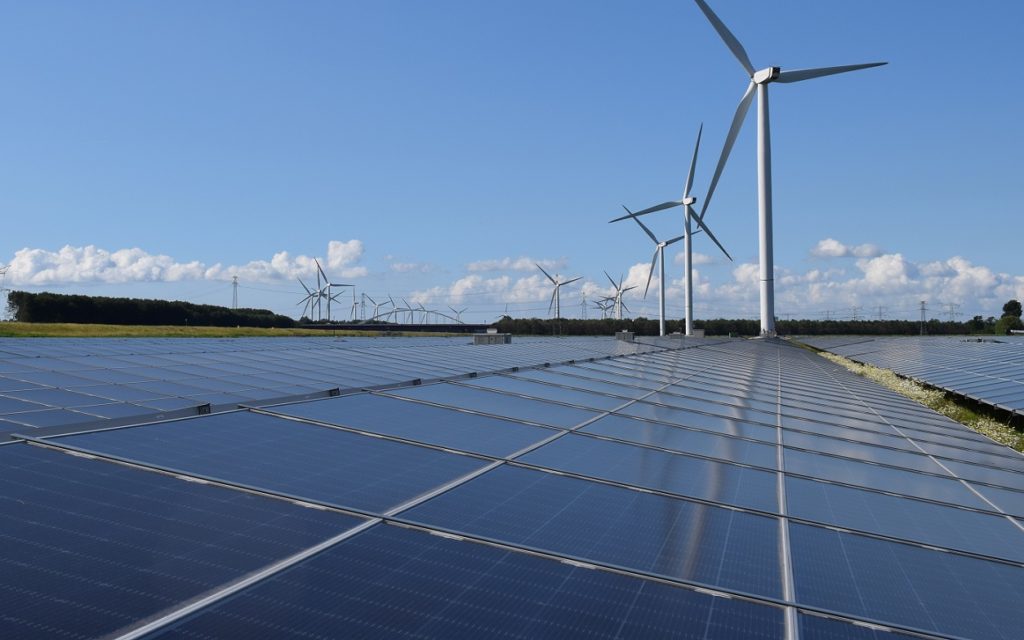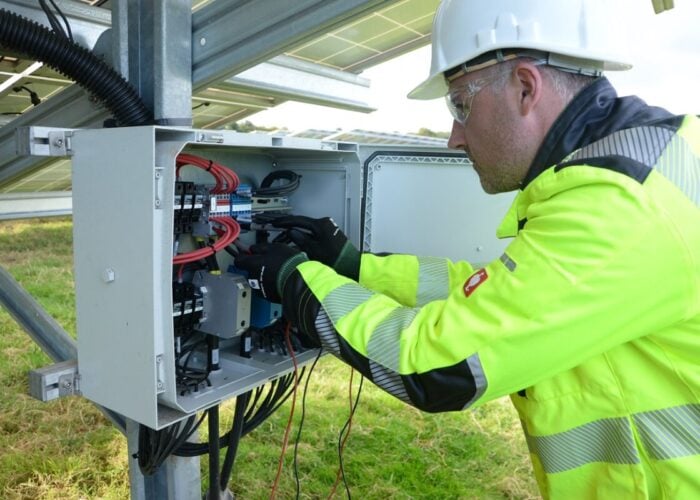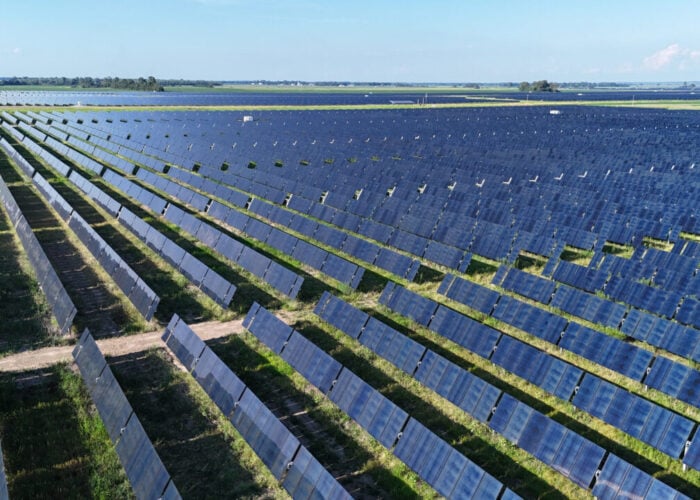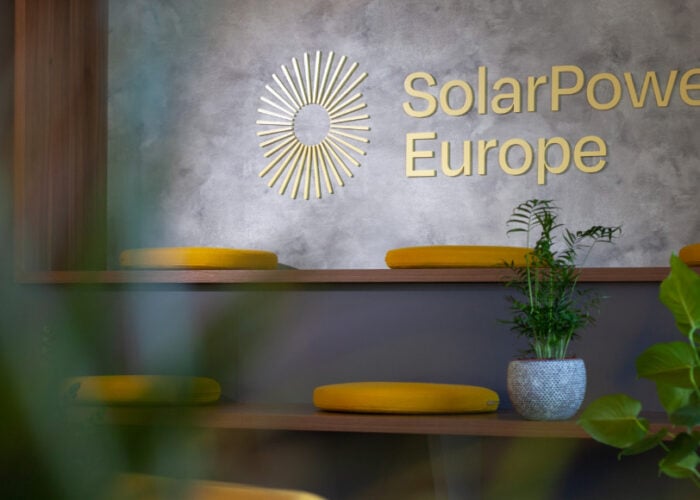
European Union (EU) countries may need to ramp up renewables deployment in the next decade to meet new proposed targets aimed at reducing greenhouse gas emissions across the bloc.
As part of its wide-reaching ‘Fit for 55’ climate plan unveiled today (14 July), the EU’s executive branch, the European Commission, has updated its Renewable Energy Directive to increase the overall binding target from 32% to a new level of 40% renewables in the bloc’s energy mix by 2030.
Try Premium for just $1
- Full premium access for the first month at only $1
- Converts to an annual rate after 30 days unless cancelled
- Cancel anytime during the trial period
Premium Benefits
- Expert industry analysis and interviews
- Digital access to PV Tech Power journal
- Exclusive event discounts
Or get the full Premium subscription right away
Or continue reading this article for free
The change aims to make the energy system cleaner and more efficient by fostering renewables-based electrification and, in sectors such as industry and transport, it will promote the uptake of renewable fuels, such as green hydrogen.
To increase the attractiveness of renewables projects for private investors, the Commission proposes measures to make permitting more efficient and to promote direct contracts between producers and consumers.
These measures form part of a dozen draft proposals aimed at driving down greenhouse gas emissions across the EU by at least 55% by 2030, compared to 1990 levels, putting it in on a path to becoming carbon neutral by 2050.
The ‘Fit for 55’ proposals remove barriers and add incentives so that Europe can move faster towards net zero, said European Commissioner for Energy Kadri Simson. “To achieve climate neutrality by 2050, we need to turn the renewables evolution into a revolution and make sure no energy is wasted along the way,” she said.
The increased renewables goal will disappoint SolarPower Europe, which is calling for the EU to target 45% clean energy by 2030. Nevertheless, analysis from the trade association predicts that the 40% ambition will require a total of 660GW of solar PV deployed in Europe by 2030, up from the approximately 137GW installed as of year-end 2020.
A statement from the European Renewable Energies Federation said it regrets that a higher renewables target has not been proposed, while campaign group ClientEarth said the ‘Fit for 55’ package has shied away from action at the scale required. “The Commission’s proposed renewables target is a step in the right direction but is clearly insufficient to put Europe on track for climate neutrality by 2050,” said ClientEarth energy lawyer Guillermo Ramo.
Other Commission proposals include an objective to reach at least a 49% renewable share in the energy used in buildings across the EU by 2030, while tighter vehicle emission limits would effectively end new petrol and diesel car sales by 2035.
Additionally, new emissions trading for transport and for fuels used in buildings would provide a price signal to reduce energy use and increase the share of renewable energy in electricity production.
Despite the series of eye-catching announcements, the EU’s 55% target for net cuts to emissions by 2030 “falls well short” of what science requires to restrict global heating to 1.5°C, according to Greenpeace. “Celebrating these policies is like a high jumper claiming a medal for running in under the bar. You can’t sidestep the rules of the game, just like you can’t ignore climate science,” said Greenpeace EU director Jorgo Riss.
All draft measures will need to be approved by the EU’s 27 member states and are expected to be negotiated over the next 2-3 years before becoming law.






